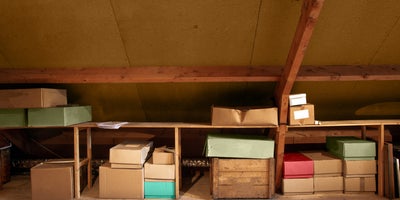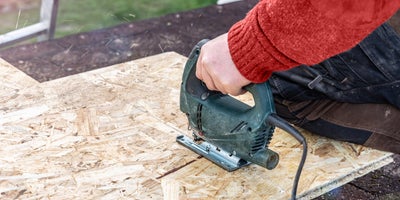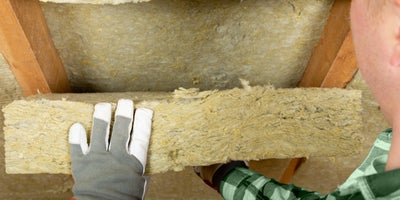Staying safe in your loft

Lofts can serve as practical and versatile additions to any home, offering extra storage or even an additional living area. However, without proper understanding and adherence to proper safety and the potential risks, working in and using these elevated spaces can prove to be dangerous. Moving items to your loft is a quick, easy and affordable solution when you need to free up valuable space, allowing you to stash your suitcases, Christmas decorations, spare furniture and boxed odds and ends. That’s why it’s crucial to have a sturdy base, adequate access, and ample storage space - to help it reach its full potential.



